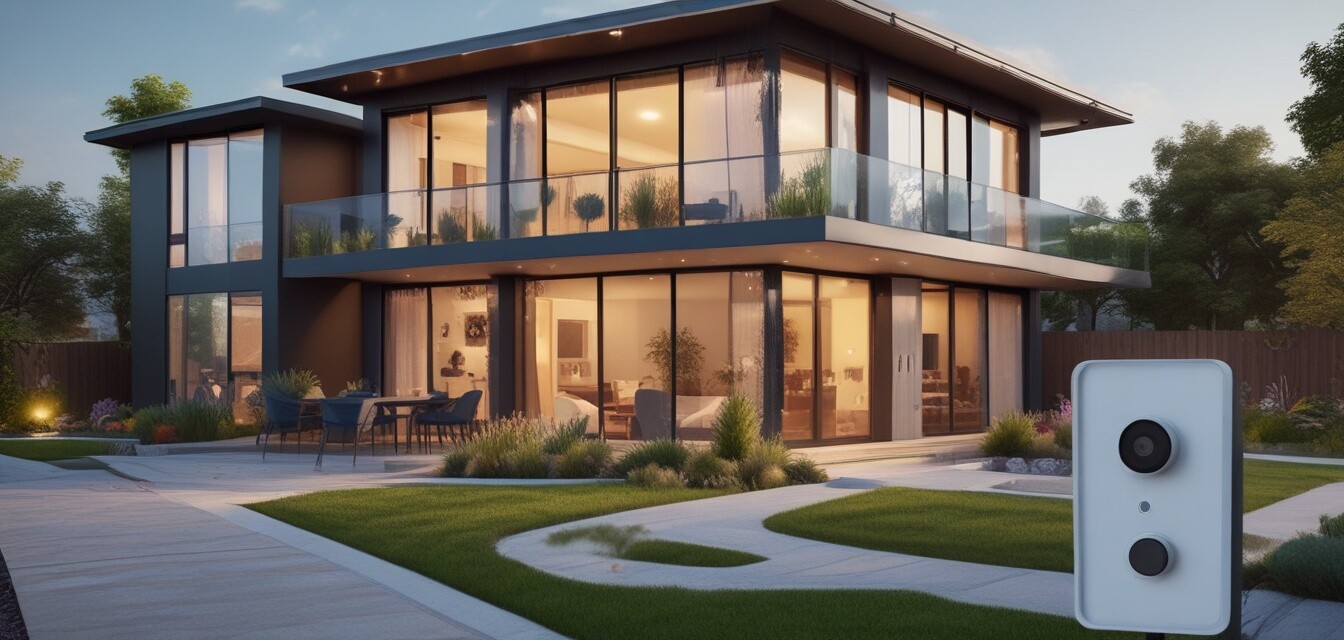
Safety features to look for in smart home systems
Key Takeaways
- Invest in systems that offer multiple detection methods like motion sensors and cameras.
- Look for high-definition video quality and night vision capabilities for round-the-clock monitoring.
- Smart integrations with alarm systems enhance the effectiveness of your security setup.
- Choose systems with remote access features, allowing control and monitoring from anywhere.
- Consider user-friendly interfaces for seamless operation and program settings.
As technology continues to improve, smart home security systems have become essential tools for safeguarding your home. With the variety of options available in the market, it’s vital to understand the key safety features that can provide comprehensive protection. This guide will help you navigate through some of the most important features to look for when purchasing smart home security systems.
Essential safety features for smart home systems
When choosing a smart home security system, consider the following crucial features:
| Feature | Description | Importance |
|---|---|---|
| High-definition video | Ensures clear visuals for identification of people and events. | Critical for effective surveillance and evidence collection. |
| Night vision | Allows monitoring in low light conditions. | Important for 24/7 monitoring capabilities. |
| Motion detection | Alerts you when movement is detected in the vicinity. | Prevents unauthorized access by notifying homeowners immediately. |
| Two-way audio | Enables conversation between you and visitors through the camera. | Enhances interactions and security through communication. |
| Smart connectivity | Integration with other smart devices for seamless operation. | Enhances overall system functionality and user experience. |
| Remote access | Manage and monitor your security system from anywhere via a mobile app. | Offers flexibility and peace of mind for homeowners. |
Understanding motion detection technology
Motion detection is a key feature that most modern smart home security systems offer. This technology can vary widely, and it’s essential to understand how it works to ensure you select a reliable system. Here are the different types of motion detection technology:
- Active motion sensors: Emit a signal and measure the reflection; mainly ultrasonic.
- Passive infrared sensors: Detect movement by sensing temperature differences between objects.
- Video motion detection: Analyses pixels in a video stream to detect changes.
Selecting a system with a combination of these technologies can greatly enhance your overall security plan. For more insights on security technologies, check out our Latest Security Technology Trends.
Importance of high-definition video
High-definition (HD) video quality is crucial for effective surveillance. A quality smart security camera should have the following resolution standards:
| Resolution | Pixel Count | Benefit |
|---|---|---|
| 720p | 1,280 x 720 | Sufficient for basic monitoring needs. |
| 1080p | 1,920 x 1,080 | Offers good detail for identification. |
| 4K | 3,840 x 2,160 | Superb detail for both small and large areas. |
The higher the resolution, the clearer the footage, making it easier to identify intruders or incidents. For tips on enhancing the visibility of your security setup, explore our guide on Home Safety Tips and Best Practices.
How smart integrations enhance security
Smart integrations allow various devices to work together, creating a cohesive security system. Consider the following integrations:
- Smart lights: Light up automatically upon motion detection.
- Smart locks: Grant access remotely or through codes.
- Alarm systems: Trigger alerts immediately when an intrusion is detected.
These integrations can enhance your home security by providing layered protection. To learn more about alarm systems and sensors, check out our page on Security Alarms & Sensors.
Benefits of remote access
Remote access capabilities allow homeowners to control and monitor their security systems from anywhere using a smartphone or tablet. The benefits include:
- Real-time notifications of incidents.
- Ability to check camera feeds remotely.
- Control over smart home devices, like locking doors or turning off alarms.
This feature adds convenience and a greater sense of safety while you are away from home. Interested in learning more about managing your smart systems? Visit our page on Home Automation & Accessories.
Choosing the right system for your needs
When it comes to selecting a smart home security system, consider your unique requirements. Assess the following:
- Size of your home: Larger homes may need multiple cameras and sensors.
- Budget: Compare systems within your budget for the best features.
- Customization: Opt for systems that allow for scalable solutions as your security needs may change.
Reviewing various systems can be beneficial. For detailed comparisons and insights, browse through our Home Security Buying Guides.
Pros
- Enhances safety with advanced technology.
- Remote monitoring capabilities provide peace of mind.
- Integration with other smart home devices fosters convenience.
Cons
- High initial investment.
- Potential technical issues may arise.
- Dependence on internet connectivity for remote access.
Conclusion
Choosing a smart home security system involves understanding the essential safety features that can provide comprehensive protection for your home and family. Opting for systems with high-definition video, reliable motion detection, smart integrations, and remote access can greatly enhance your home security. By taking the time to analyze your needs and the available options, you can confidently select a system that meets your specifications. Protect your home today and stay ahead of potential threats by investing in a robust smart home security solution!
